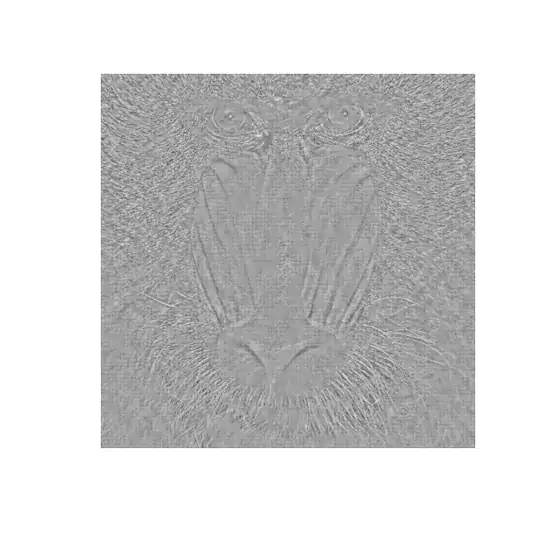Following extensive discussion in the comments with the OP, this approach is likely inappropriate in this specific case, but I'll keep it here as it may be of some use in the more general case
With your data you have three different measurements:
First, you have the "reference" measurement, i.e. the thing you are interested in measuring. For simplicity's sake, let us assume that this is known without error.
Second, you have the measurement taken from Device A. This is a measurement of the reference object which has some error.
Third, you have the measurement taken from Device B. Again, this is a measurement of the reference object which has some error (which may be more or less than the error with Device A).
The error associated with both measurement devices ensures that there will be variance in both sets of measurements. Furthermore, as you have a range of reference values (i.e., you didn't just measure the same thing multiple times) you'll have some variance in the reference measurement.
You could calculate a correlation coefficient between the reference measurement and the measurement from each device. The closer the coefficient is to 1 the more the variance in your measurements can be accounted for by the variance in the reference measurement, and therefore the less error there is (error is the variance that you can't account for by knowing the length of the object being measured).
For a specific sample, the device with the largest correlation coefficient (i.e., closest to 1), will be the less errorful device.
An example
As an illustration, I'll set up data for two measurement devices. One which is more errorful than the other
reference <- 6:20
measureA <- reference + rnorm(15, 0, .5)
measureB <- reference + rnorm(15, 0, 3)
And now, lets compare the measurements for each device with the reference measurements

It should hopefully be clear here that there is more error associated with device B.
Now, we can calculate correlation coefficients for each device compared to the reference
> cor(reference, measureA)
[1] 0.9954188
> cor(reference, measureB)
[1] 0.6487995
Note that the device with more error has a smaller correlation coefficient than the one with less error.
Of course, you may want to know whether the difference between correlation coefficients is statistically significant. This question may give you some help in that direction, although with only 15 observations the differences in reliability between the two devices may need to be large before you get a significant $p$-value.
Note:
For this approach, it won't matter whether the two devices are measuring on the same scale as the correlation coefficient is standardised.
